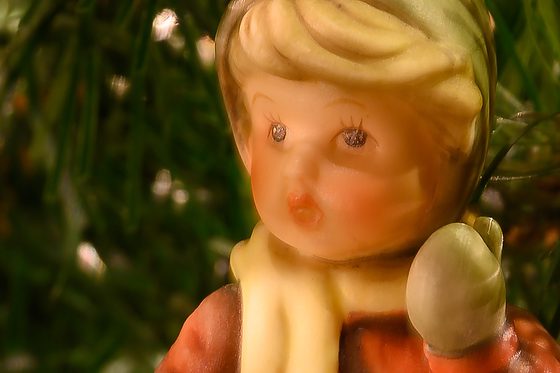
When shooting wide open aperture and getting as close as a lens will let you get to the subject, you will get the shallowest depth-of-field possible with that lens.
Look at the photo above shot at ƒ/4, which is the same photo zoomed in closer.

Now the only way to see what I am talking about is to shoot the same photo with different apertures.

Now here is a closeup of that ƒ/16 photo.

Now I shot this at a variety of apertures. Here it is at ƒ/8.

Here is a closeup of that photo.

I have discovered with all my lenses that the depth-of-field at the widest aperture and focusing as close as the lens can produce what looks to be an out-of-focus photo, but what is happening is the depth-of-field is so shallow that it looks soft.
When getting this close to a subject, I recommend starting with an aperture of ƒ/11.
Here I shot this at ƒ/11. I also changed my ISO from 100 to Auto ISO, which gave me ISO 51200 because I have the shutter speed set to 1/100. As you might notice, the shutter dropped to 1/50. That is because I had capped at ISO 51200.

Here is a closeup of that photo, in which you will notice some noise.

When it comes to still-life photos like the ones here, there is no reason not to experiment. Shoot on a tripod, as I have done here, at different apertures. Shoot at ISO 100, ƒ/16, and for 20 seconds. Then shoot as many apertures as you can to the widest aperture.
When you have the photos on your computer, zoom in and find the picture that works the best to make your object appear sharp and in focus, as well as the soft BOKEH.
Hopefully, you also see that there is such a thing as TOO MUCH BOKEH.

